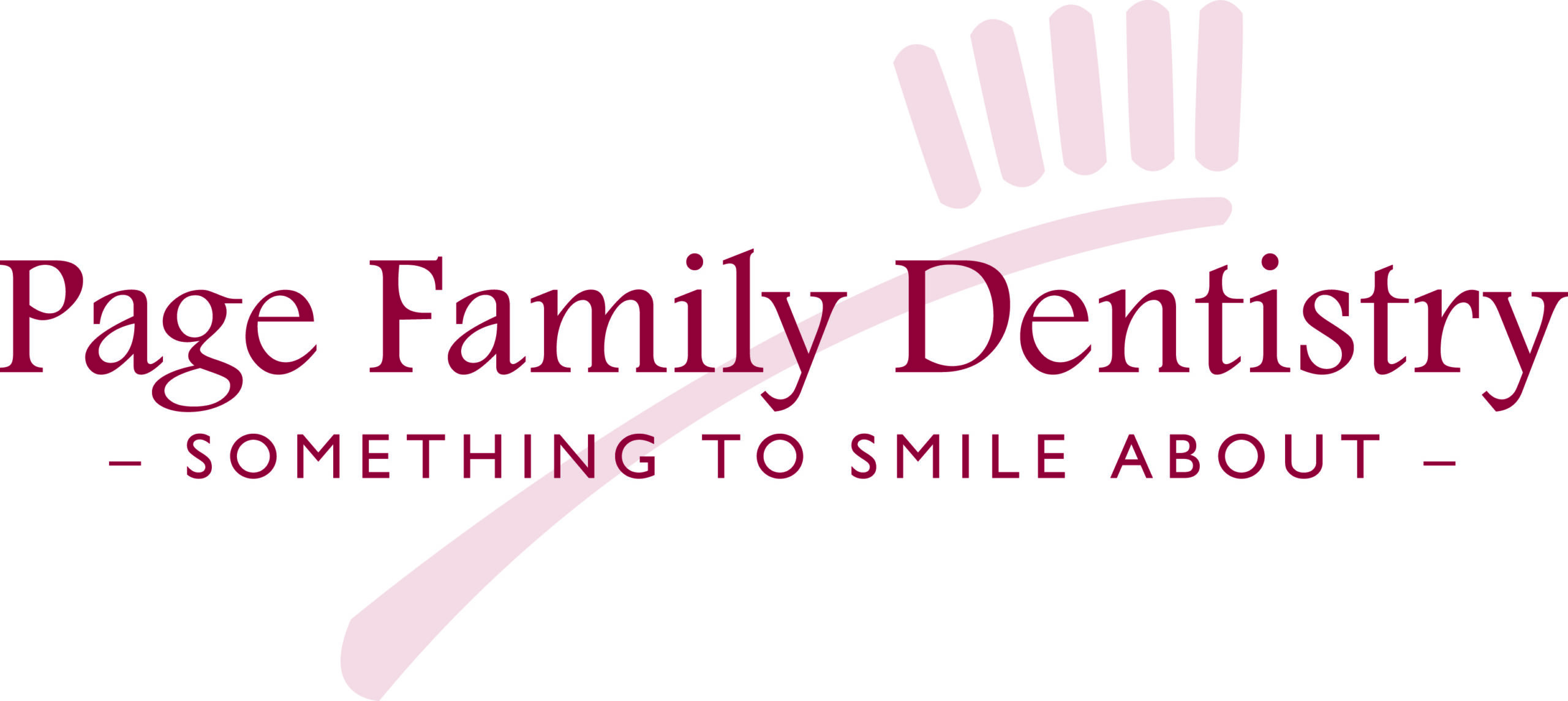
Seal the Deal
In addition to brushing and flossing, dental sealants offer added protection against decay by sealing off vulnerable areas on the teeth. Sealants are quick and painless to apply and can help protect both children’s and adults’ molars from bacteria and acid buildup.
What are dental sealants?
Dental sealants are a thin plastic coating applied to the chewing surfaces of your back teeth, especially molars and premolars. These teeth have deep pits and grooves where food particles and bacteria can easily collect. The sealant material bonds to the tooth’s surface and forms a protective barrier, helping to prevent cavities by blocking bacteria and acids from reaching the enamel.
Why can’t I just brush and floss?
Brushing and flossing are essential for cleaning smooth tooth surfaces, but toothbrush bristles often can’t reach into the small grooves on the chewing surfaces of back teeth. Sealants are designed to fill and protect these areas, preventing food and bacteria from settling in and causing decay.
How does the dentist apply a sealant?
Sealant application is quick and painless. First, the dentist thoroughly cleans the tooth’s surface. In some cases, a small drill may be used to open the grooves and check for hidden decay. Then, the chewing surface is treated with a gentle acid solution to help the sealant bond.
The sealant is painted onto the tooth and then hardened, either naturally or with the help of a special curing light. The process usually takes just a few minutes per tooth.
Aren’t they just for kids?
While it’s common to apply sealants to children’s and teens’ molars — since cavities often start early — adults can benefit from sealants too. If you have deep grooves in your back teeth or are at a higher risk for decay, we may recommend sealants as an added layer of protection. Ask us whether sealants are a good option for you or your child.
How long do they last?
As long as the sealant remains sealed to the tooth, it continues to protect against decay. Sealants are durable and typically last for several years under normal chewing conditions. During routine dental exams, we will check for wear and recommend reapplication if needed. After sealant placement, your risk of developing cavities in those areas drops significantly.
Are sealants safe?
Yes, dental sealants are considered very safe and have been used for decades as a preventive treatment. While allergic reactions are rare, let us know if you or your child has any known allergies. Your provider will make sure the materials used are safe for your specific needs.
Will my insurance pay for sealants?
Most dental insurance plans cover sealants for children and teens, especially for their permanent molars. If you are recommended sealants for other teeth or for adults, coverage may vary. We can help you understand your treatment options, and you should check with your insurance provider to confirm the details of your plan.
